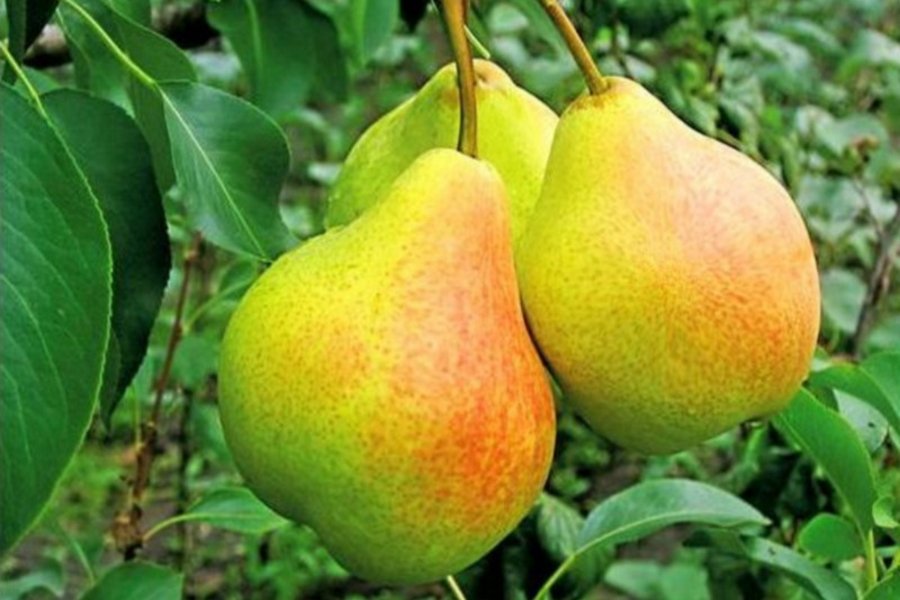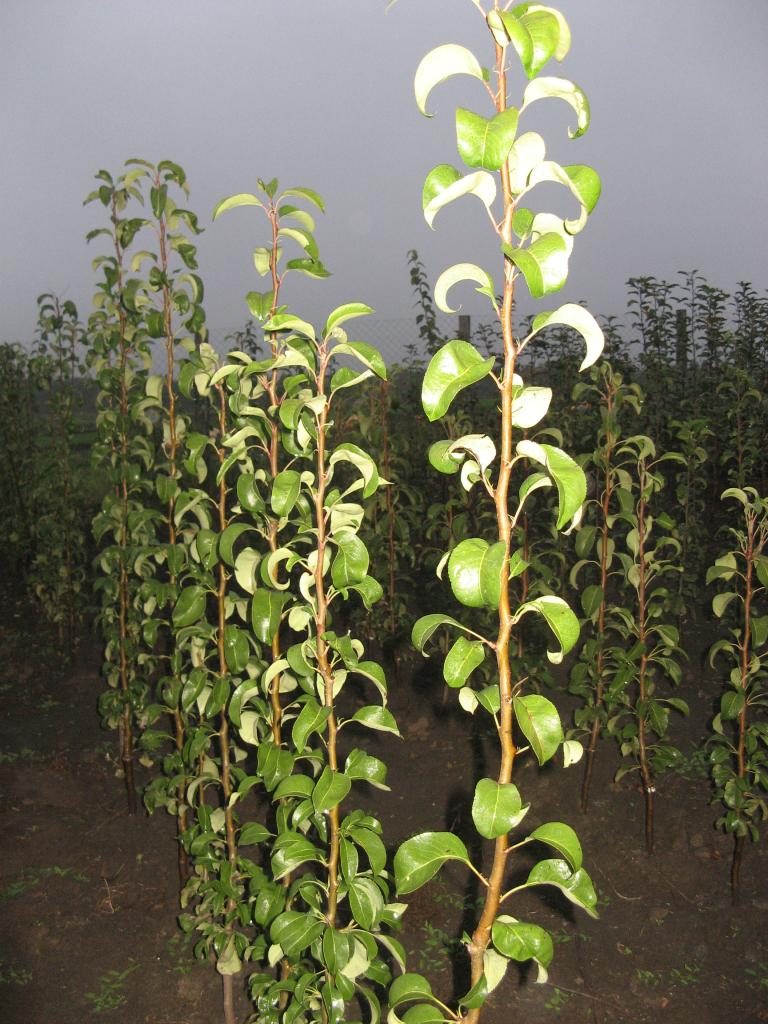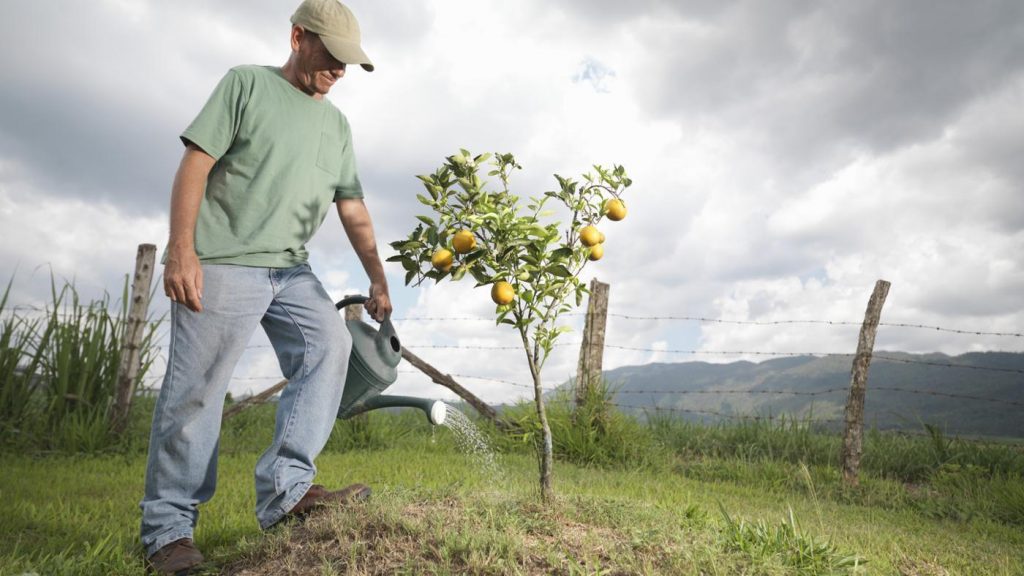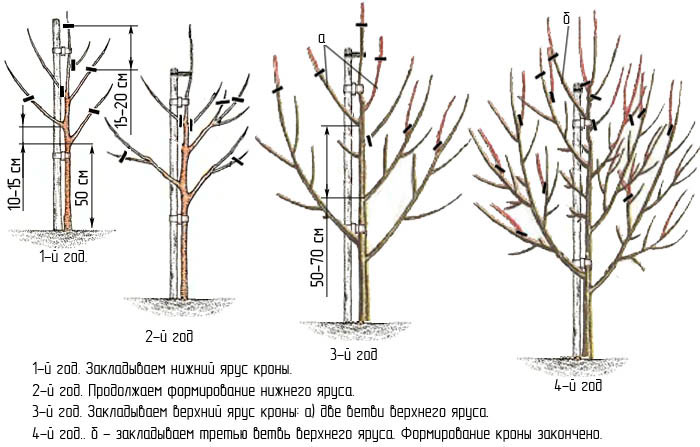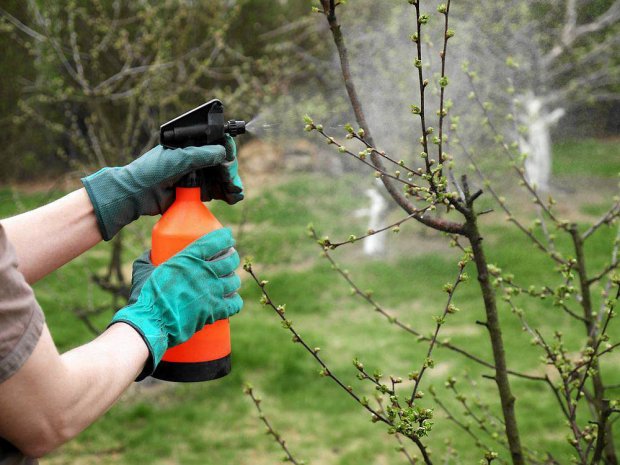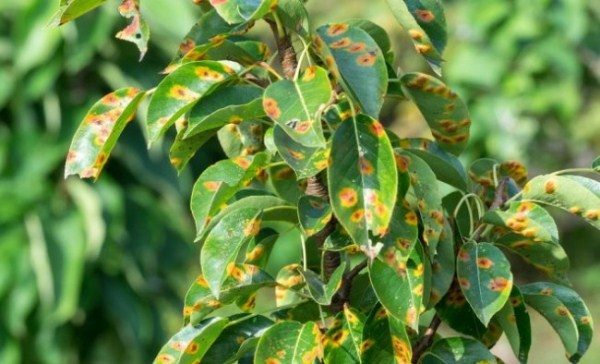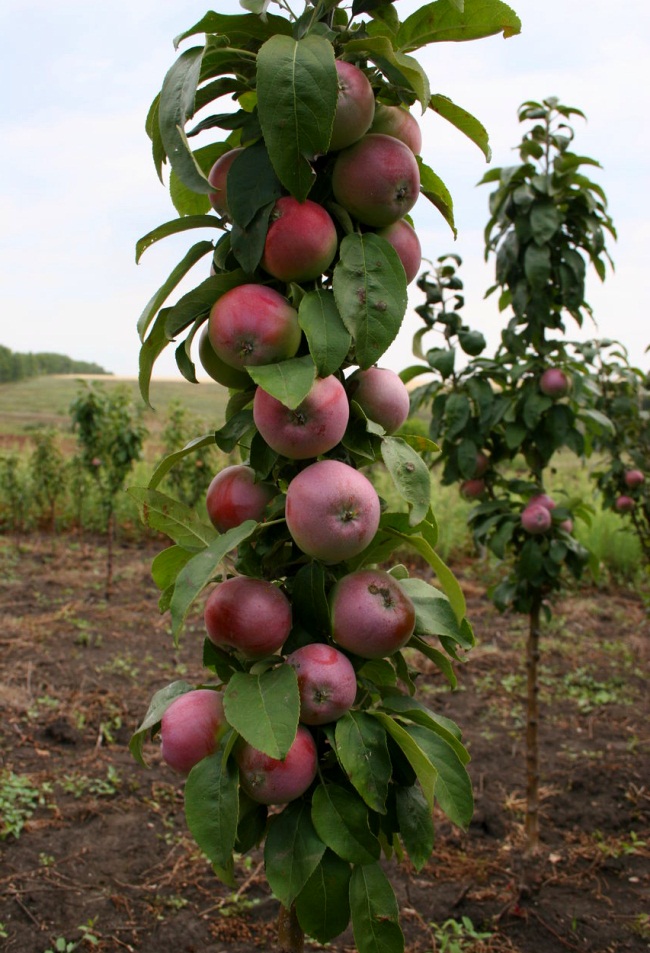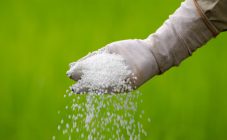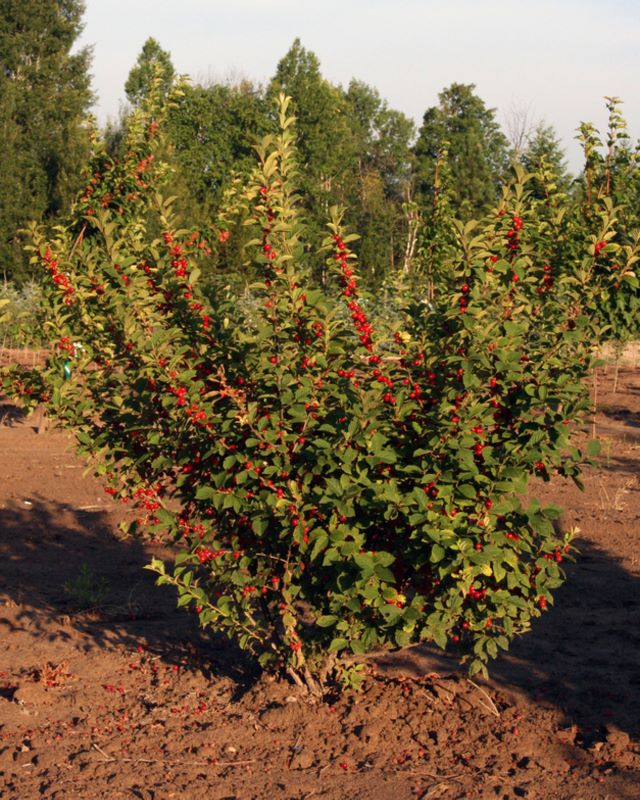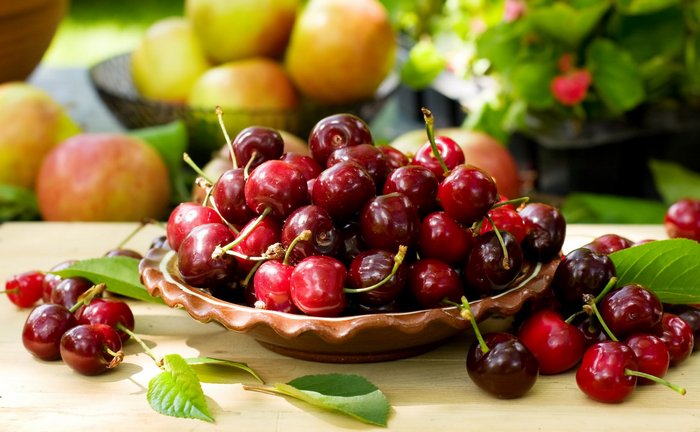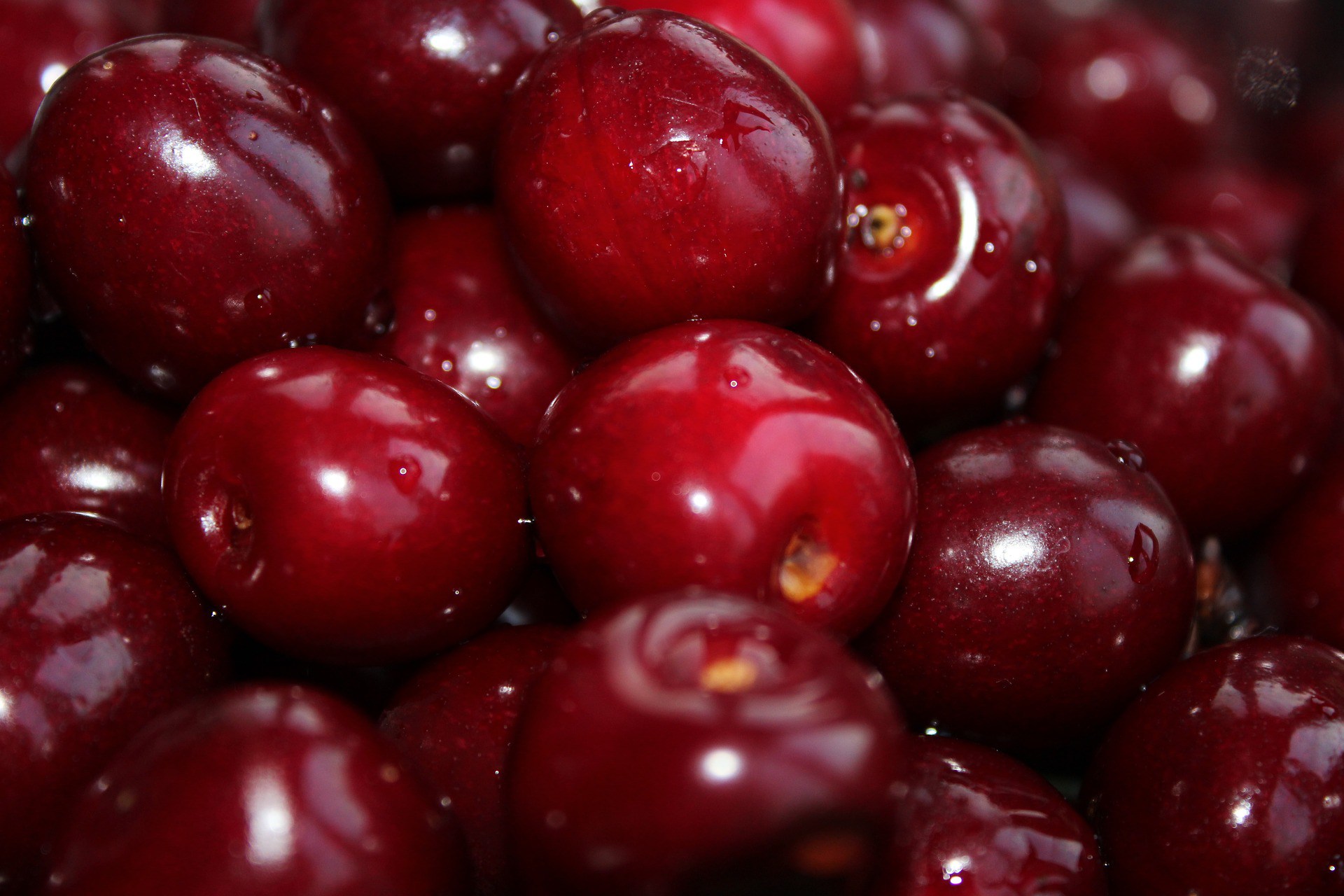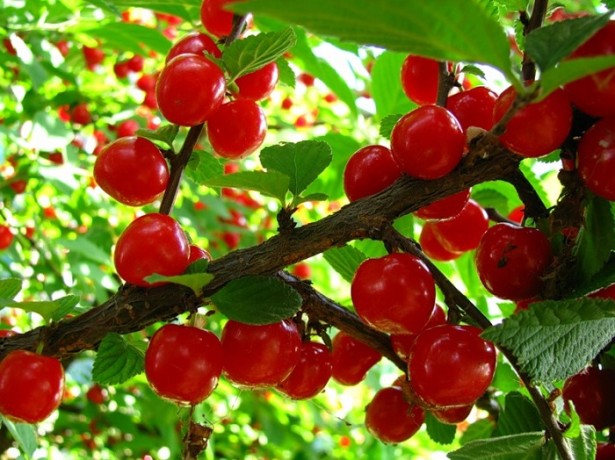Thanks to the tireless work of breeders, the Extravaganza pear was bred - a winter-hardy late-ripening hybrid with high technical characteristics. It is appreciated by gardeners for its unpretentiousness to climatic conditions, ease of care and tasty fruits that retain their original indicators for a long time.
Description of the variety
Pear Fairy is a medium-sized tree up to 5 meters high. Crohn - spreading, voluminous, pyramidal type, medium density. Leaves are oval-rounded configuration, rich emerald color. Attached to the trunk with elongated petioles. Slightly twisted above, flattened at the base, serrated at the edges.
Has powerful bare shoots of a brown color. Multiple kidneys on the surface of a cylindrical-conical shape, smooth, with a slight deviation to the side. The culture gives large pear-shaped fruits weighing 120-200 g. Their peel is smooth, oily, soft and hardly felt when eaten. The color range varies with maturation: from all shades of green to yellow with a slight raspberry tint.
The pulp is white, of medium density, characterized by increased juiciness and a sweetish aftertaste. Inside there are small elongated seeds, dark brown in color.
Key characteristics of the variety:
- Winter variety with late ripening.
- Flowering occurs in early May, fruiting - late September - early October.
- High-yielding.
- Frost-resistant, does not need shelter for the winter.
- Begins to bear fruit 4-5 years after planting.
- Relatively resistant to fungal diseases, various parasites and unpretentious in care.
- After ripening it does not crumble.
- Fruit is kept cool for a long time and is well tolerated during transportation.
Description of the pear variety Extravaganza confirms its self-fertility - it does not need pollinators and gives a stable yield even under unfavorable growth conditions. Pears are good both fresh and canned. Suitable for making compotes, jams, preserves and other delicacies.
Breeding history
Pear variety is obtained by crossing two high-yielding varieties: Daughter of Zarya and Talgar beauty. The founders were Russian breeders: S. P. Yakovlev, N. I. Savelyev and V. V. Chivilev. Place of origin - GNU VNIIGiSPR them. I. V. Michurin.
The most promising for cultivation in the Irkutsk, Perm, Novosibirsk and Omsk regions. Alternative hybrids, with similar indicators, include: Red-sided, Cathedral, Memory Zhigalov, Tonkovotka, Yanvarskaya.
Landing
Despite its weather resistance, the Extravaganza pear does not tolerate drafts. For planting, choose open, well-lit areas on a hill, without a close occurrence of groundwater. Fertile soil is preferable, ideally sod-ash or chernozem.
This variety of pears propagates in two ways: by cuttings and grafting. The last option is the most effective. Grafted on any varietal fruit trees. Optimally, pears of the February souvenir and Lyubimitsa Yakovleva varieties are used as a stock.
Saplings take root more successfully when planted in early spring or late autumn.For this, fully formed plants with a central process and at least five stem processes are selected.
Planting sequence:
- Digging at a distance of 6-7 meters volumetric holes with a depth of 70-80 cm and a width of about 60 cm.An interval of 3-3.5 m is adhered to between the rows.
- Drainage and sheet compost are laid at the bottom. Water well.
- Ground is poured in the center, a peg is dug in and a seedling is set on the north side of it. The roots are gently spread over the free inner space.
- Cover with soil, leaving the root collar open by 5 centimeters.
- The root space is compacted and abundantly moisturized. After complete absorption of water, mulch with sawdust, humus or straw.
The final step will be to tie the seedling to a vertical support.
Care
The care is aimed at creating favorable conditions for the survival of pear seedlings and full development in the future.
Basic measures for the care of a pear Extravaganza:
- Regular watering, no stagnation. Special control over soil moisture during flowering, fruit formation and after harvest. One ten-liter bucket of water per week is enough for planting. Watered in the evening, not under the very base, but at a distance of half a meter. In severe drought, the amount of watering is increased.
- Mulch the near-stem space to exclude increased evaporation of moisture and prevent the growth of weeds.
- They loosen and huddle the soil 2 times: in spring and autumn.
- Periodically fed with organic matter (compost, humus, cow or poultry manure) and complex mineral supplements. During active growth, nitrogen-containing fertilizers are applied by mixing them with irrigation water. In autumn, phosphorus and potash are used.
- They resort to pruning bushes in early spring, which contributes to the intensive growth of young shoots.
- Plants are systematically examined for signs of disease and insect damage. If detected, appropriate measures are taken to eliminate them.
- Shortly before the frost, sanitary pruning and whitewashing of the trunks are done.
Harvest when the fruits are fully ripe, but it is not recommended to overexpose them.
Pruning
You should consider in more detail such an important procedure as pruning. Since a culture does not tend to branch too much, pruning should be done as needed. They do this from the first year of the tree's life, with the first spring warmth, until sap flow begins.
For the first time, the trunk is shortened by 40-50 cm in order to activate lateral branching. After a year, the post is shortened by 25 cm and the branches are adjusted. In the future, they monitor the intensity of the growth of the crown and prevent it from thickening. On the main shoots of the crown, no more than three fruiting stems are left.
Treatment
The quality and abundance of the crop largely depends on the correct and timely preventive treatment of plantings. In the spring, it is necessary to protect against possible diseases and parasites, in the fall - to protect against the cold and keep stable fruiting for the next season.
Spring processing features:
- The procedure is carried out in March, as soon as the snow cover melts and always at a positive ambient temperature.
- Spray the trunk, crown and root zone. Pre-remove dead wood particles with a special brush.
- Cracking on the bark and splits are carefully treated, as these are favorite places for the accumulation of parasites after winter.
Recommendations for autumn processing:
- The remaining rotten and dried fruits are removed from the branches and from below.
- They are fed with phosphorus and potassium-containing fertilizers to enhance the frost resistance of the plant.
- Water abundantly.
- Trunks are whitened using a quality product.Use the instructions for use indicated by the manufacturer on the packaging.
- Pear trunks are wrapped in burlap and a fine-mesh net, which will serve as protection from the invasion of rodents.
Diseases and pests
The pear variety Extravaganza has strong immunity, but they also tend to get sick from time to time. The most commonly affected by the following fungal diseases:
- scab - round-shaped spots appear on all ground parts, as a result, the fruits rot and fall off;
- powdery mildew - a whitish bloom of a loose structure on the leaves and other parts of the plant;
- spotted - brown spot appears on foliage and petioles;
- rust - the leaves turn red on the outside, from below they are covered with erysipelas.
As a preventive measure, it is recommended to spray the trees with Bordeaux mixture throughout the growing season. After the foliage is dropped (in late autumn), it is treated with fungicidal preparations.
The most dangerous pests are:
- honeydew;
- moth;
- gall mite;
- aphid.
A solution of urea and water, prepared at the rate of 650 g per 10 liters, helps to get rid of them. At the slightest signs of damage, you must immediately respond in order to preserve the fruit plantations.
Growing a pear is available even to a novice gardener, if you initially correctly approach planting and adhere to the basic agrotechnical care measures. Then the culture will delight with juicy and fragrant fruits for more than one year.
